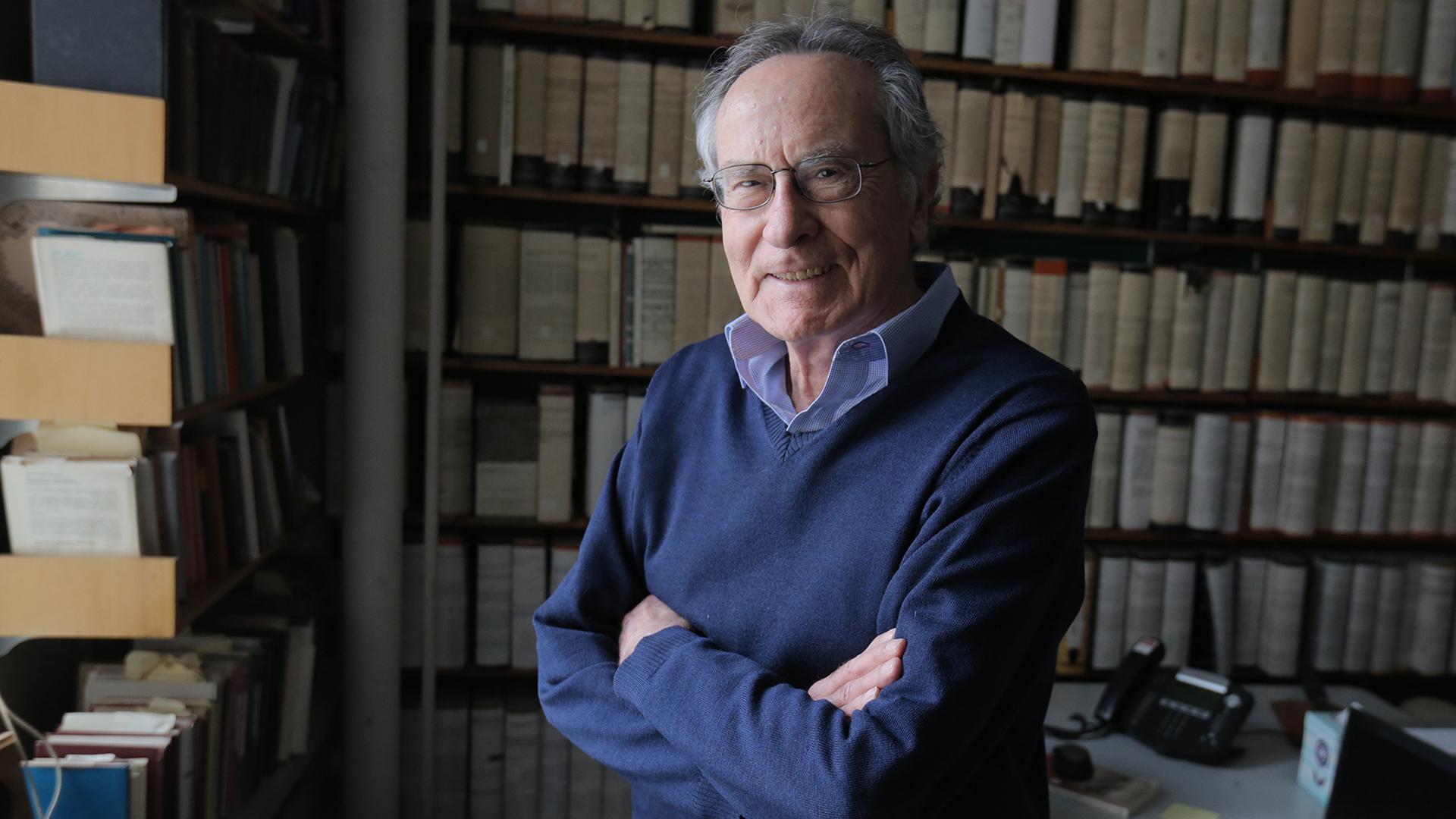
MechE Video Library
Ioannis Yannas Inducted into NIHF
Professor Ioannis V. Yannas is inducted into the National Inventors Hall of Fame, a small group of renowned inventors, for inventing “artificial” skin.
Other Videos in the [News & Research] Gallery
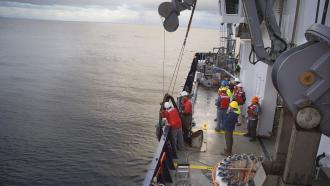
Mining minerals found 15,000 feet below sea level could help secure a low-carbon future, but at what cost? Researchers including Thomas Peacock, professor of mechanical engineering at MIT, are racing to understand the environmental impact of deep-sea mining.
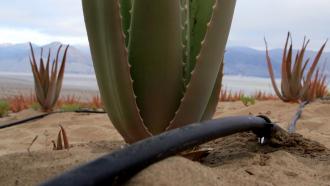
Professor Gareth McKinley, working with colleagues at the Pontificial University of Chile, are harvesting potable water from the coastal fog that forms along one of the driest regions on earth.

MechE researchers, led by Associate Professor Evelyn Wang, have developed a solar thermophotovoltaic device that experimentally demonstrates a three-fold increase in energy conversion efficiency.
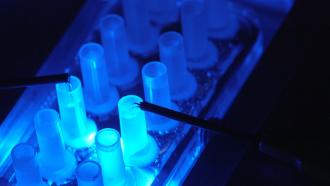
Associate Professor Cullen Buie researches a novel method to quickly sort and identify the various strains of bacteria.
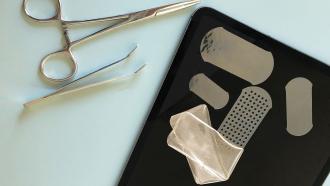
MIT engineers led by Associate Professor Xuanhe Zhao have designed a double-sided tape that can seal tissues in just five seconds. The tape could eventually replace surgical sutures, which don’t work well in all tissues and can cause complications in some patients.
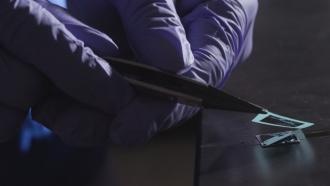
Jeehwan Kim, associate professor of mechanical engineering at MIT, is using his background in materials science to build a physical neural network and produce cheap semiconductor wafers – technologies that could help bring the artificial intelligence power of super computers to handheld devices.

A device developed by Evelyn Wang's team harvests clean drinking water from vapor in the air, even in the most arid conditions.

Associate Professor Ken Kamrin’s model of granular material flow could impact how we interact with everything from sand and soil to pills and industrial materials.
As overpopulation and lack of rainfall fuel a crisis-level need in rural India for affordable drinking water, PhD candidate Natasha Wright and Assistant Professor Amos Winter work to design a low-cost desalination system, guided by insight from their extensive in-the-field research.
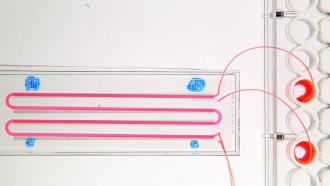
Professor Rohit Karnik addresses real-world challenges with his micro- and nano-fluidics research, uncovering the unique behavior of fluid flow at the molecular level.
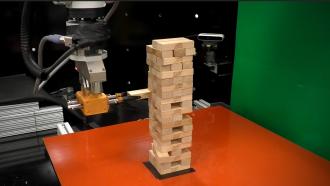
Using machine-learning and sensory hardware, Alberto Rodriguez, assistant professor of mechanical engineering and members of MIT's MCube lab, have developed a robot that is learning how to play the game Jenga®. The technology could be used in robots for manufacturing assembly lines.
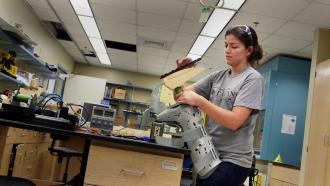
MIT graduate student Katy Olesnavage redesigns the Jaipur Foot to create a high-value prosthesis at a low cost for those in need in developing countries.
PhD candidate Folkers E. Rojas researches how to mitigate the impact of a Blowout Preventer failure by using a continuous feed of an occluding medium into an uncontrolled well.
Using light to imprint features onto polymer or plastic, Associate Professor Nick Fang's research led his team to disprove the established diffraction limit.

Professor Gareth McKinley, working with colleagues at the Pontificial University of Chile, are harvesting potable water from the coastal fog that forms along one of the driest regions on earth.

Pedro Reis' work focuses on the mechanics of large deformations of thin structures, towards devising novel functionalities over a wide range of length scales, from the very small to the very large.

Dr. Heather Beem (PhD ’15) has designed a sensor that could be used by underwater robots to collect data on hydrothermal events or marine life.

A “failed experiment” became a life-saving discovery by MIT Professor Ioannis V. Yannas and his colleague Dr. John Burke when their search for a better way to treat severe burn victims led to the discovery of organ regeneration.
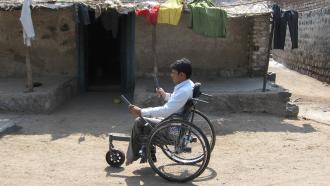
Assistant Professor Amos Winter is named by Technology Review as one of "35 innovators under 35" in 2013. His research group develops disruptive technologies specifically for developing regions where high quality and low cost are equally crucial requirements.









